No matter if it is summer or winter, we always enjoy a nice sunny day. What better way to take advantage of the sun than starring it in your photos. We have a great article on starring the sun here. If you have tried the technique a couple times you probably love it by now, but different lenses will create different results. At APS we can only speak from our own experience, so we are going to talk about the lenses we have used.Before we start talking about specific lenses, we are going to explain to you what factors are important when starring the sun. The first thing is the number of diaphragm blades inside the lens. Lenses with an even number of apertures blades will produce sun stars with the same number of points. An odd number of blades will produce stars with double the number of points. Start by checking the number of blades inside your lens, easily found in the user manual. Odd numbers create nicer looking stars because they generally create far more points. The second thing is lens flare, there are some great lenses out there from 3rd party manufacturer's, that have an odd number of blades and create really nice stars, but they also have very prominent lens flare. Lens flare could be used as a creative effect and in some occasions creates a pleasing effect but most of the time it is something you don't want in your images.Below are examples of mostly wide angle lenses because these are the lenses that you'll generally be using to capture action and sun in the same frame. It is pretty hard to get action and sun in the same shot and make it good.Some of the budget models like the Sigma 10-20mm have 6 aperture blades that will result in a sun star of 6 points. Which is OK, but you also have to be careful with the lens flare (you can see it on the bottom of the frame). 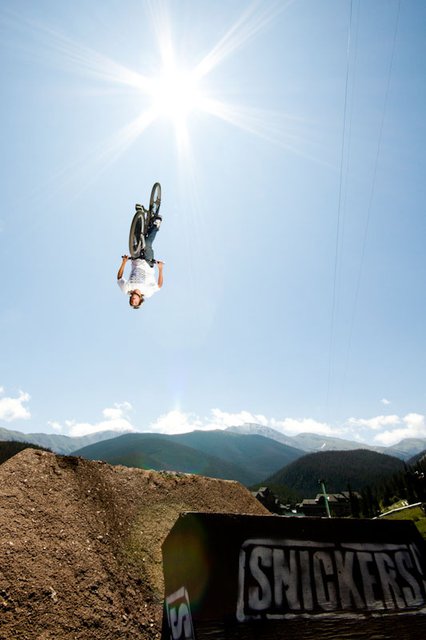
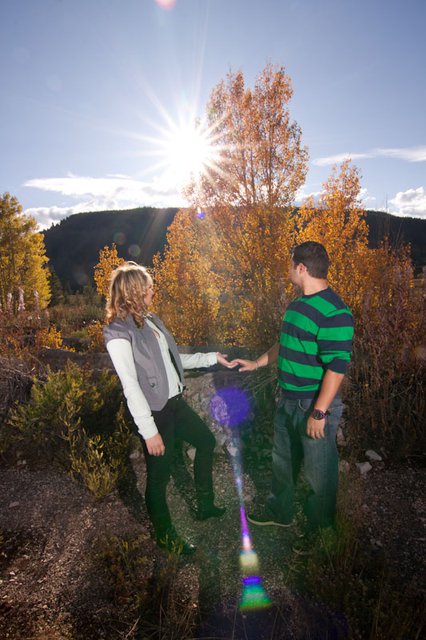
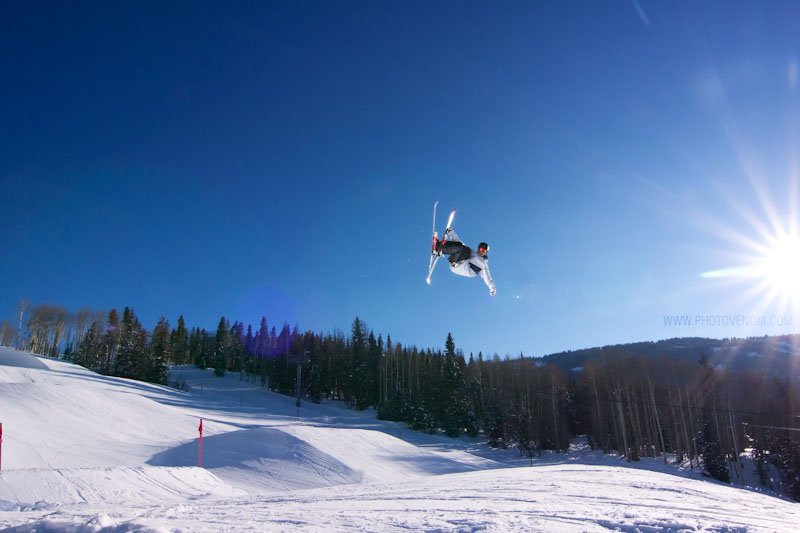
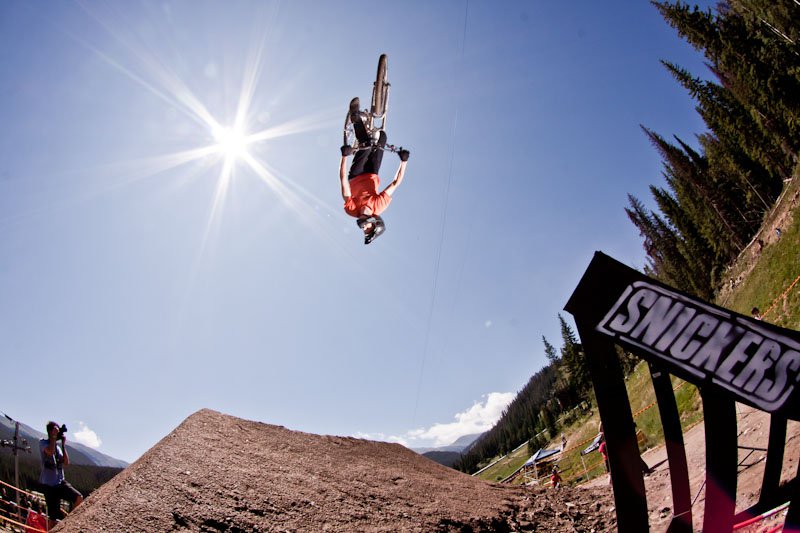
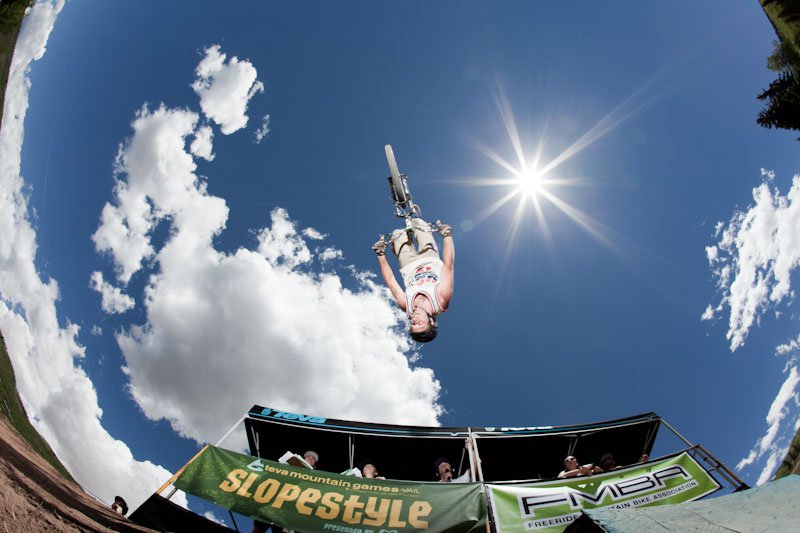
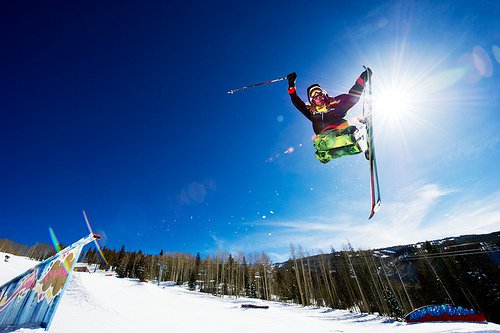





Comments